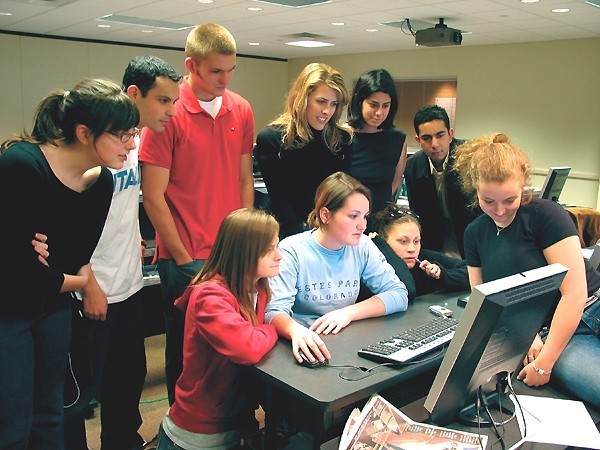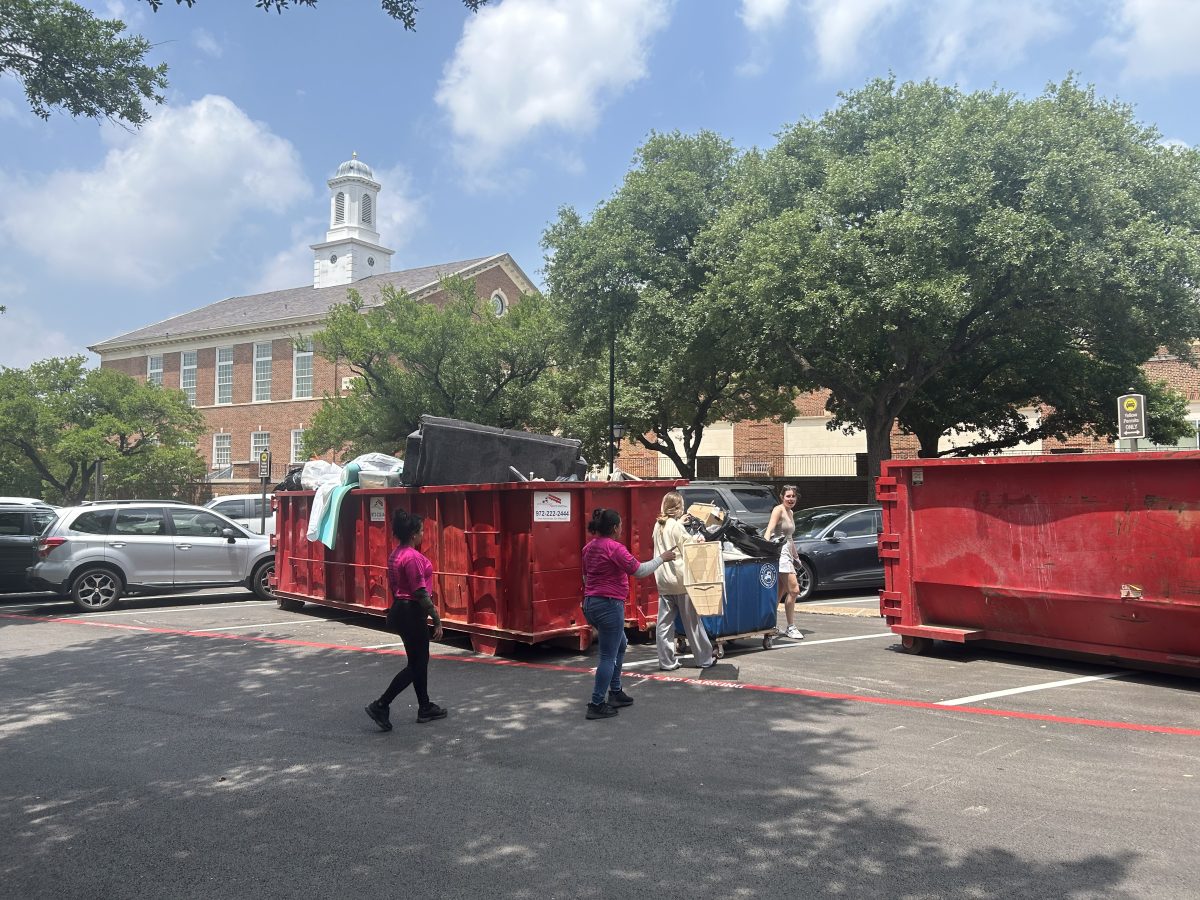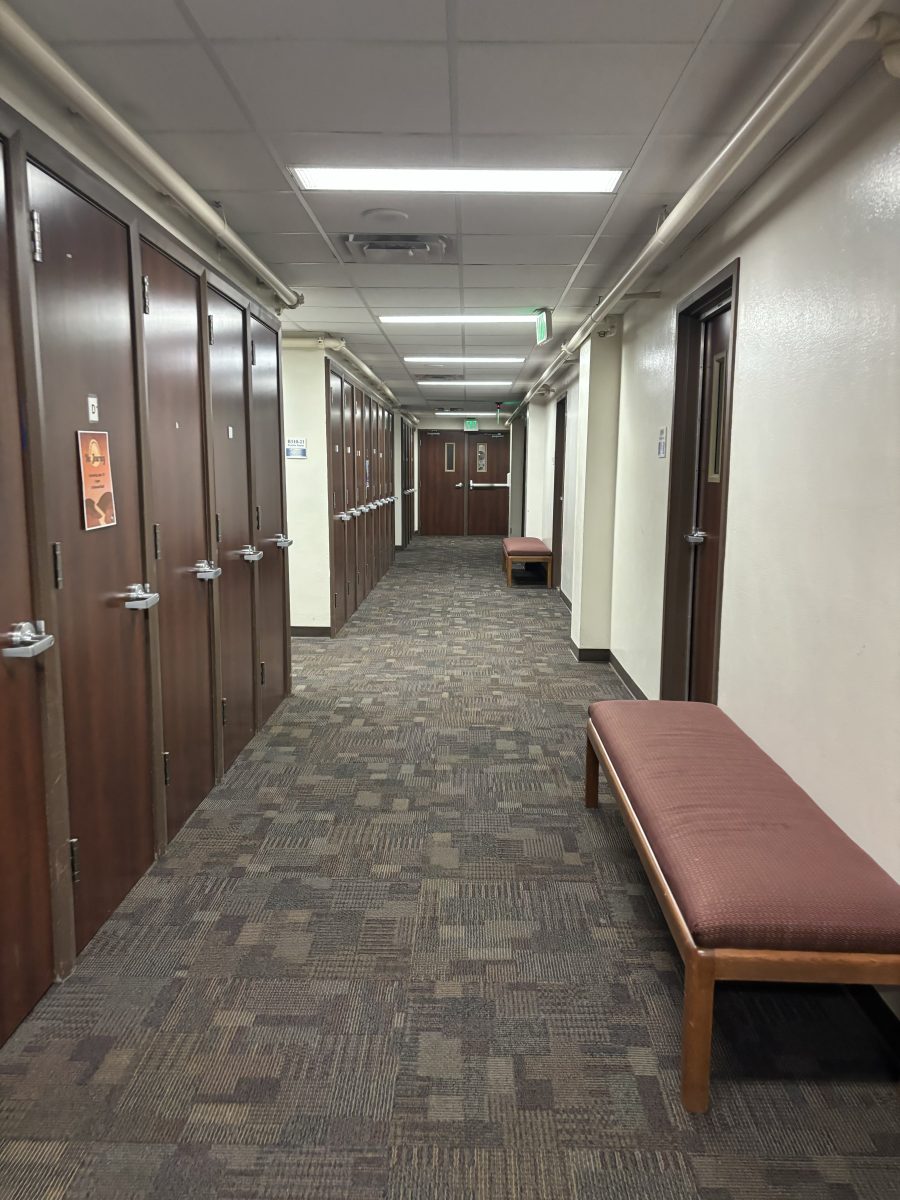
Taking out the trash
When senior journalism major Brett Warner saw photos of a40-foot-high dump located in a southeast Dallas neighborhood, sheknew that she and her classmates landed a big story.
“Once we saw how disgusting the landfill was and how closeit was to people’s houses, we realized it affected a wholecommunity,” she said.
Students in journalism professor Craig Flournoy’sinvestigative reporting class spent six weeks poring throughthousands of documents and interviewing Dallas residents and cityofficials. The result? A Fort Worth Weekly cover story on thelargest illegal dump in Texas.
Last summer civil rights attorney Mike Daniel called Flournoyabout a case he was working on. Residents of the Shady Hillsneighborhood in Pleasant Grove were suing the city of Dallas over adump located right in their backyards.
Although Daniels asked Flournoy to write the story himself,Flournoy thought this would be a good hands-on investigativereporting experience for his students.
“I wanted students to learn by doing,” Flournoysaid.
He broke his class up into four groups who researched topicssuch as the dump’s long history, the city’s involvementand health and environmental concerns. Another group interviewedthe residents.
Although stories have been written about various events in the20-year history of the dump, no one has shown the city’s rolein creating and maintaining it. City officials paid contractorsmillions of dollars to dump debris in the predominantly blackneighborhood. They did not make efforts to clean the dump untilresidents sued and a federal judge ordered them to clean it up.
“It was really important that the first assignment wasreal,” junior journalism major Alix McAlpine said. “Itfeels good to do something that might actually make adifference.”
Warner interviewed dump owner Herman Nethery and bank officialsthat repossessed the site after the original owner wentbankrupt.
“The first time I called, I was thankful that I got hismachine. I mean, this guy’s been in jail and here I am, anSMU sorority girl,” she said.
Warner felt overwhelmed at the thought of revealing City ofDallas corruption. “You can’t be afraid to go after thebig stories,” she said. “If you won’t do it, noone else will.”
McAlpine, who interviewed one of the Shady Hills residents, wasthe first student to go to the landfill.
“It’s interesting to see how other people are livingand coping with nastiness in their backyards,” McAlpinesaid.
Flournoy contacted former colleague and Fort Worth Weekly editorGayle Reaves about the story.
Reaves, who spoke to the class on Wednesday afternoon said thatshe knew anything done under Flournoy’s supervision would beaccurate and done right.
“Our purpose in running it was to tell people about asituation which we thought was an important one that needed to betold,” Reeves said.
Flournoy is proud of his students and believes that they haveproven something to themselves about themselves that maybe theydidn’t know before.
“You did a hell of a job,” he told his students.”Just don’t let it get to your heads.”








